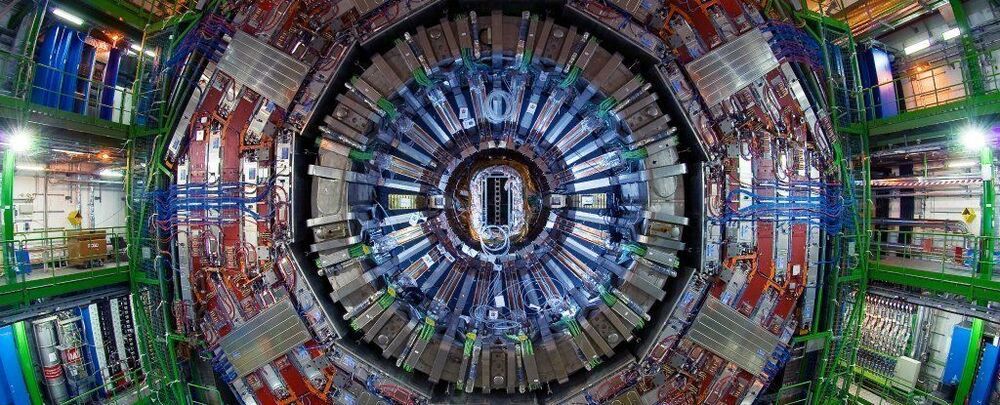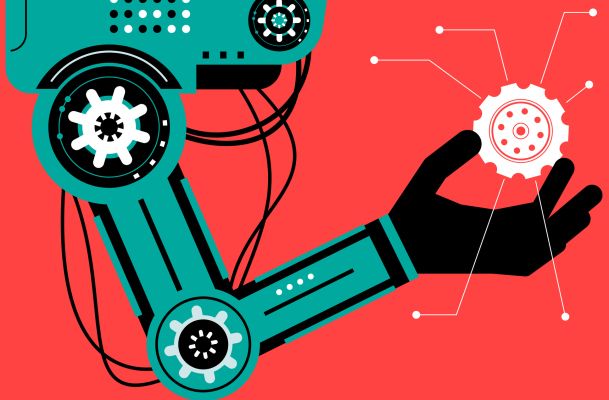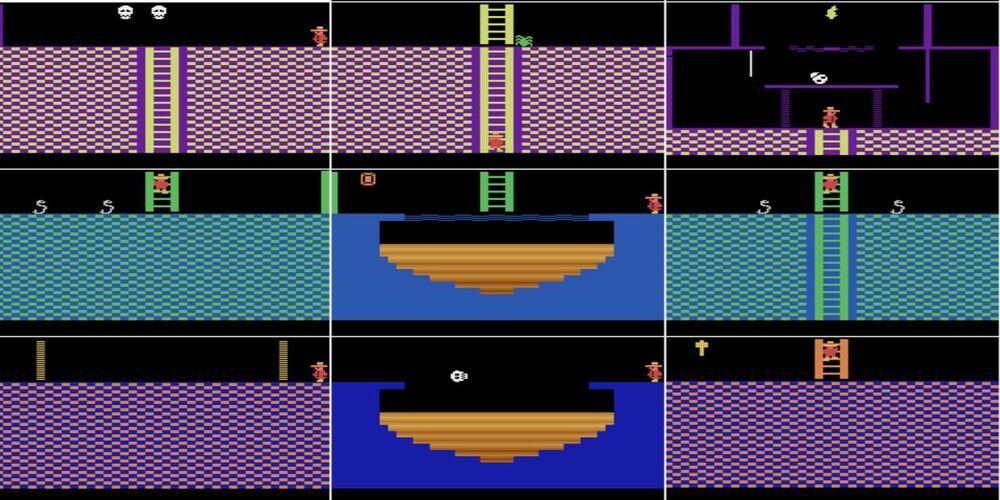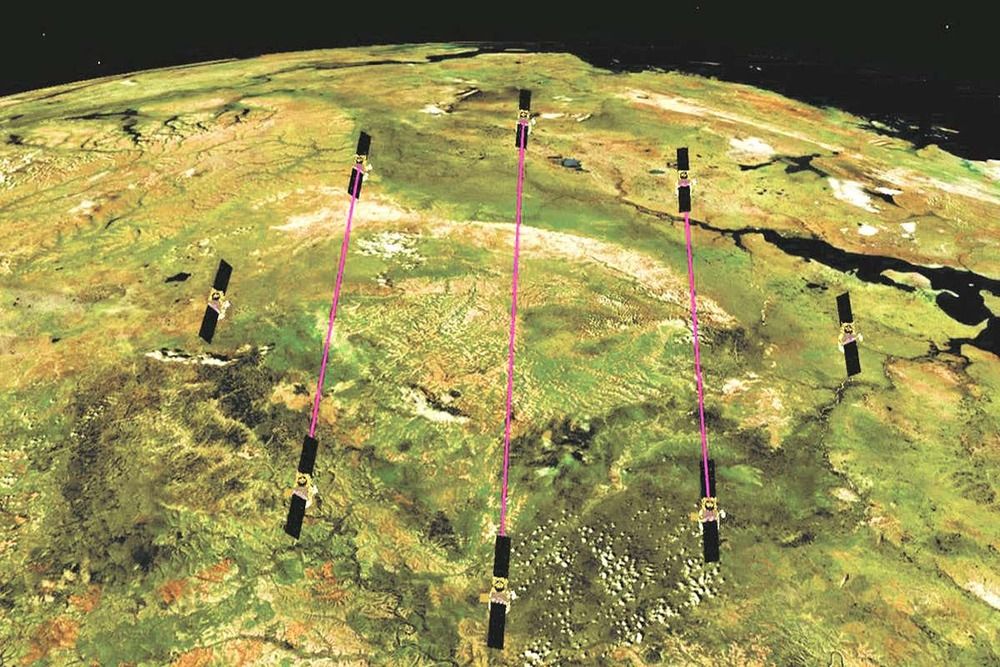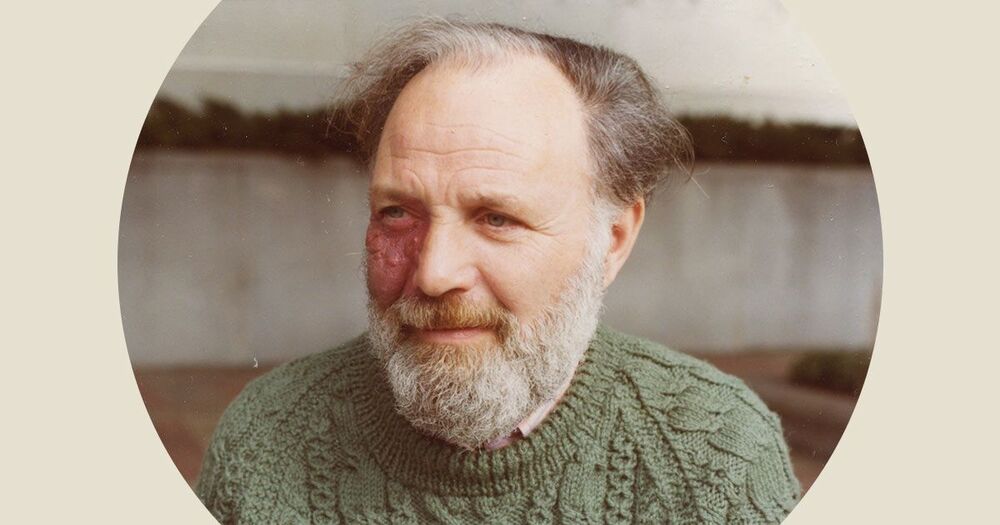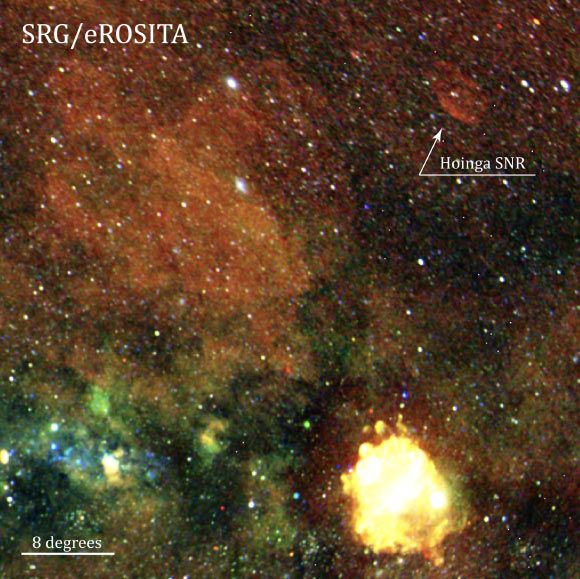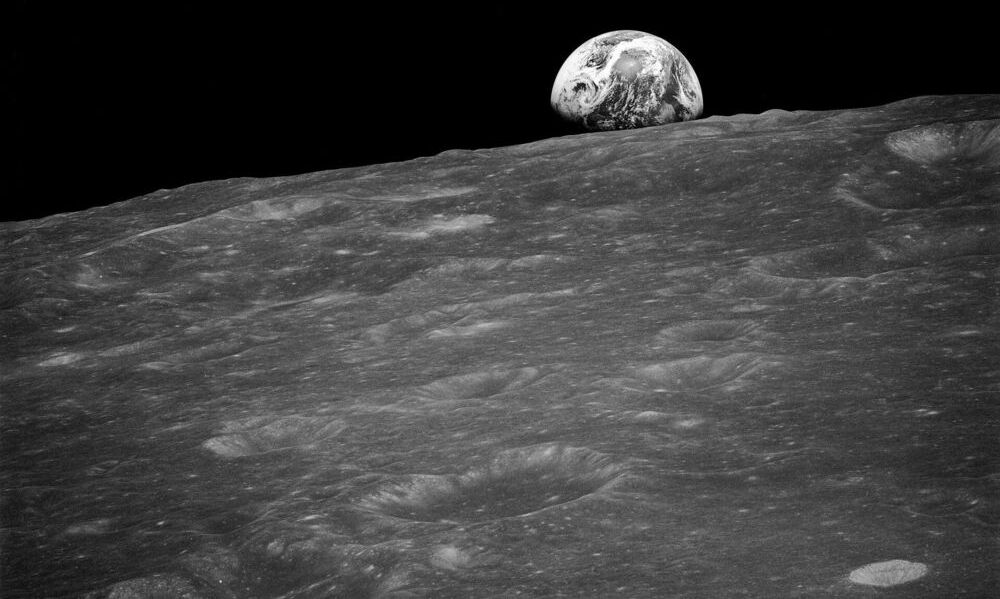
Volunteer students at Beihang University have reportedly lived in the Lunar Palace 1 biosphere environment for 370 days. Media outlets have reported that two groups of students took turns living in the biosphere over the course of 370 days, and required minimal supplies from the outside.
Many groups have tried building and living in biospheres over the years. The goal has always been to find out if it is possible to build a self-sustaining ecosystem that could be used on another planet. The most well-known was Biosphere 2—it was built in the Arizona desert and hosted people for two years, but ultimately failed in its goal to remain self-supporting. However, such efforts have led to a better understanding of how a real biosphere might work and how plants might be grown beyond Earth.
Over the past several years, the Chinese government has made it clear that they plan to send people to the moon in the coming years. They also plan to build a permanent colony there, to be shared with other countries, as soon as it is feasible. As part of that effort, they have been planning, building and testing biospheres since 2014. In 2017, they finished construction of the Lunar Palace 1 biosphere. Once set up and tested, four volunteers entered the facility and stayed for 110 days. Shortly thereafter, another group moved into the biosphere and stayed for 65 days—they were replaced immediately by another team who spent 200 days in the test environment. That team was then replaced by the first team, which spent an additional 105 days in the facility. Altogether, the two groups spent 370 consecutive days in the biosphere.
